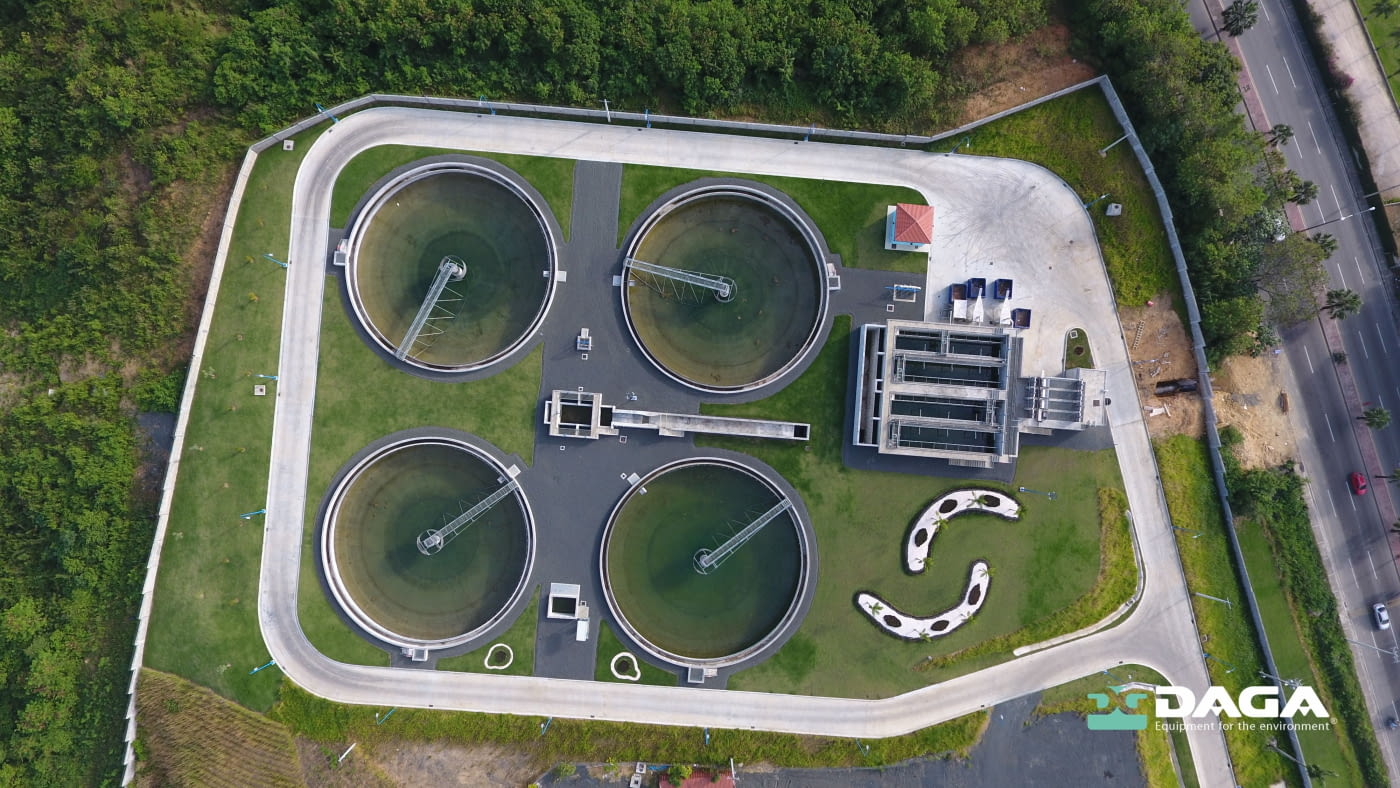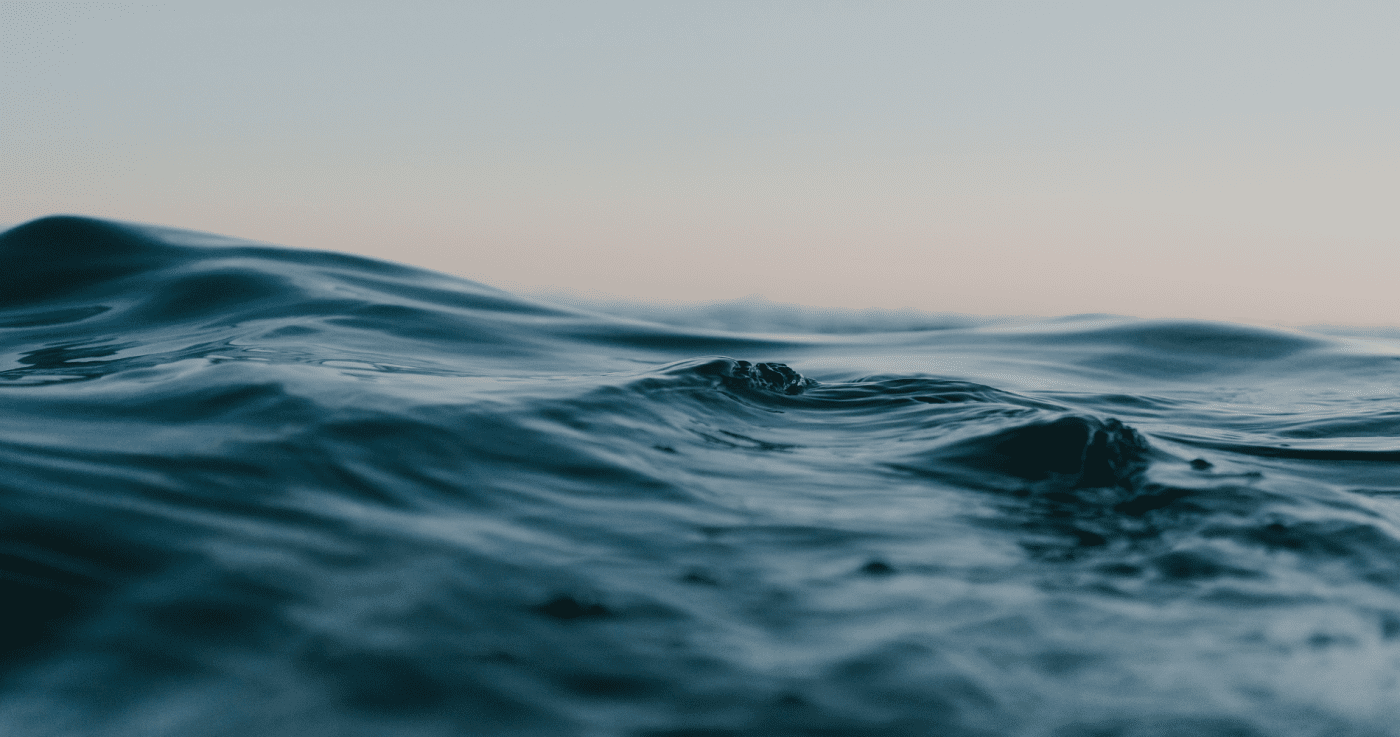
The WWTP (Wastewater Treatment Plant) is the place where water reuse treatments are carried out. These processes consist of collecting water from a population or an industrial factory and applying certain treatments to return the flow to a receiving channel such as rivers, reservoirs or the sea.
The water reuse process of a WWTP is divided into 5 main phases, broken down into pretreatment, primary treatment, secondary treatment and finally, the sludge and other waste lines. The design of these treatment systems is key to ensure the proper functioning and efficiency of each stage of the process. Moreover, on numerous occasions, the vision of the designers has resulted in inadequate designs and, as a result, numerous purification processes have been catalogued as obsolete, when the error resided in the design.
In order to carry out a good design of a WWTP, it is necessary to guarantee the correct processing of the raw material, the residual water. Therefore, one of the key processes to obtain good processing in a WWTP is roughing process, which consists of reducing the number of solid elements that can affect the effectiveness of the water treatment. It is also important to take into account the synergies between the different processes and to pay more attention to biological and physicochemical processes.
Another problem often related to a wrong design is the size of the processing channel and the manual reserve grids. In both cases, it must be ensured that the residual water can be processed by the WWTP, and this is only possible with adequate dimensions.
On the other hand, we find the chasers in which sands that could damage the deposits and inhibit the rest of the processes, are accumulated. It must be said that, on several occasions, the operators are the only ones who know in-depth the damage generated by the sands in the anaerobic stabilization of sludge, forcing them to shorten the cleaning times of the digesters.
Finally, the last process to be taken into account is sludge dewatering, because if it is not properly cleaned through a dewatering process, the sludge from the plant will end up back in the receiving waterway.
For all these reasons it is essential to know in depth the above considerations for the design of a WWTP and thus ensure its proper functioning.
Caring for the residual water is key to promoting sustainable management and reducing the impact we create on our planet.
With more than six decades of experience, at DAGA we work to ensure the best residual water treatment systems and assist in the efficiency of WWTPs.
The water reuse process of a WWTP is divided into 5 main phases, broken down into pretreatment, primary treatment, secondary treatment and finally, the sludge and other waste lines. The design of these treatment systems is key to ensure the proper functioning and efficiency of each stage of the process. Moreover, on numerous occasions, the vision of the designers has resulted in inadequate designs and, as a result, numerous purification processes have been catalogued as obsolete, when the error resided in the design.
In order to carry out a good design of a WWTP, it is necessary to guarantee the correct processing of the raw material, the residual water. Therefore, one of the key processes to obtain good processing in a WWTP is roughing process, which consists of reducing the number of solid elements that can affect the effectiveness of the water treatment. It is also important to take into account the synergies between the different processes and to pay more attention to biological and physicochemical processes.
Another problem often related to a wrong design is the size of the processing channel and the manual reserve grids. In both cases, it must be ensured that the residual water can be processed by the WWTP, and this is only possible with adequate dimensions.
On the other hand, we find the chasers in which sands that could damage the deposits and inhibit the rest of the processes, are accumulated. It must be said that, on several occasions, the operators are the only ones who know in-depth the damage generated by the sands in the anaerobic stabilization of sludge, forcing them to shorten the cleaning times of the digesters.
Finally, the last process to be taken into account is sludge dewatering, because if it is not properly cleaned through a dewatering process, the sludge from the plant will end up back in the receiving waterway.
For all these reasons it is essential to know in depth the above considerations for the design of a WWTP and thus ensure its proper functioning.
DAGA and its commitment to clean water management
Caring for the residual water is key to promoting sustainable management and reducing the impact we create on our planet.
With more than six decades of experience, at DAGA we work to ensure the best residual water treatment systems and assist in the efficiency of WWTPs.


